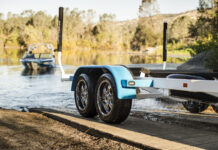
Deciding to purchase a two-wheeler, you should also accept that you have a list of responsibilities to the law, society, yourself, and your machine. It sounds a bit burdening, but it’s something everyone who got a driver’s license can and must do.
In this guide, our friends from yourmotobro.com share the list of 10 tasks that you should do on a regular basis. This is important to ensure that your machine won’t let you down all of a sudden, you won’t violate any laws, or injure anyone if the brake system fails. Read attentively and keep safe!
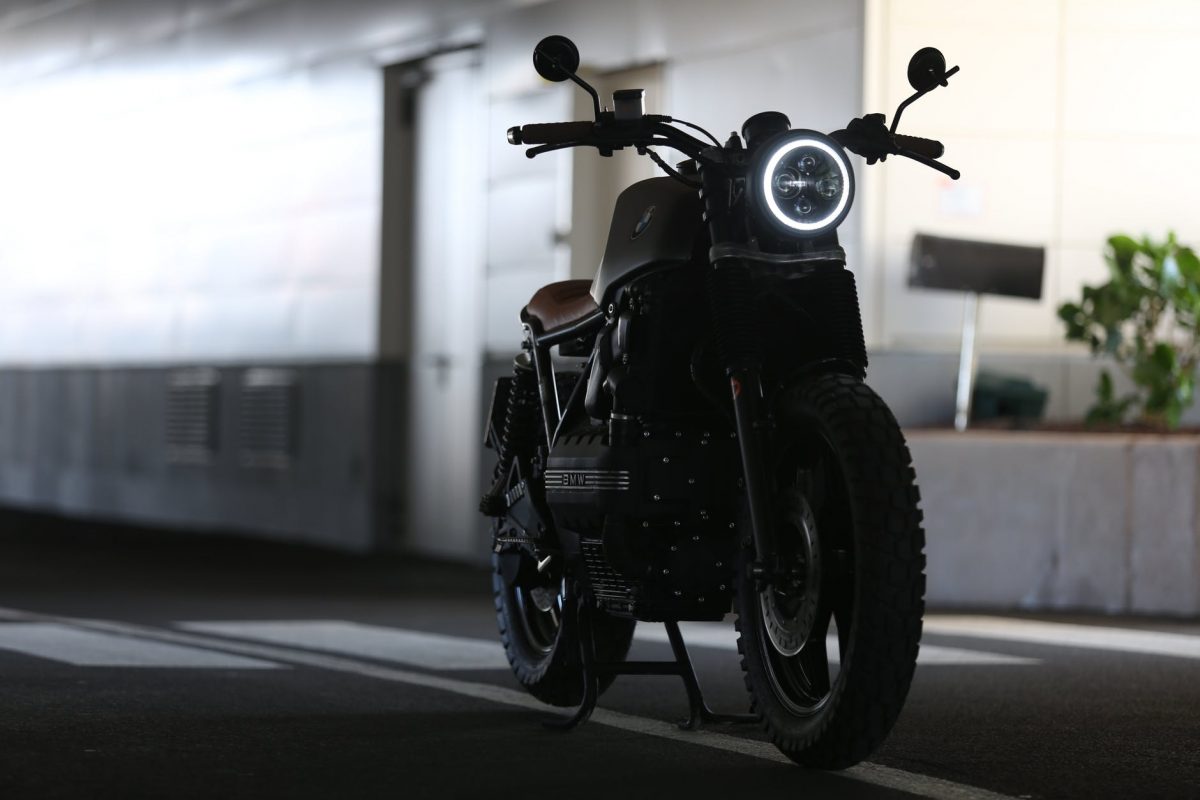
1. Warm It Up
Warming up a motorcycle engine is an arguable maintenance chore for many bike owners. Actually, it depends on the age of each bike. If your machine is new, it needs less than 30 seconds to warm up. After around 1000 miles, you may not need to warm it up at all. If your bike is older, it will need around a minute or more to warm up the oil and parts and get ready for effective work. The benefits of warming up also include less build-up on the parts.
If you’re an occasional rider, you have to start and run the engine for at least 15 minutes every week to lubricate the gaskets, prevent condensation build-up, and the carburetor from gumming up. Finally, the accumulator needs regular charging up. You should do this during both warm and cold seasons to keep the system in good condition.
2. Check Tires
Just a few millimeters of rubber. That’s what separates you and your heavy machine from the road. Your task is to check the air pressure in the tires to match it with the pressure recommended by the user manual for your particular model. Next, you have to check if there’s no damage to the sides and treads. If you notice that the tread isn’t deep enough or there are patches of wear, hurry to replace the tires. The legal tread depth differs by state and country, so you have to check the requirements in your region and follow them.
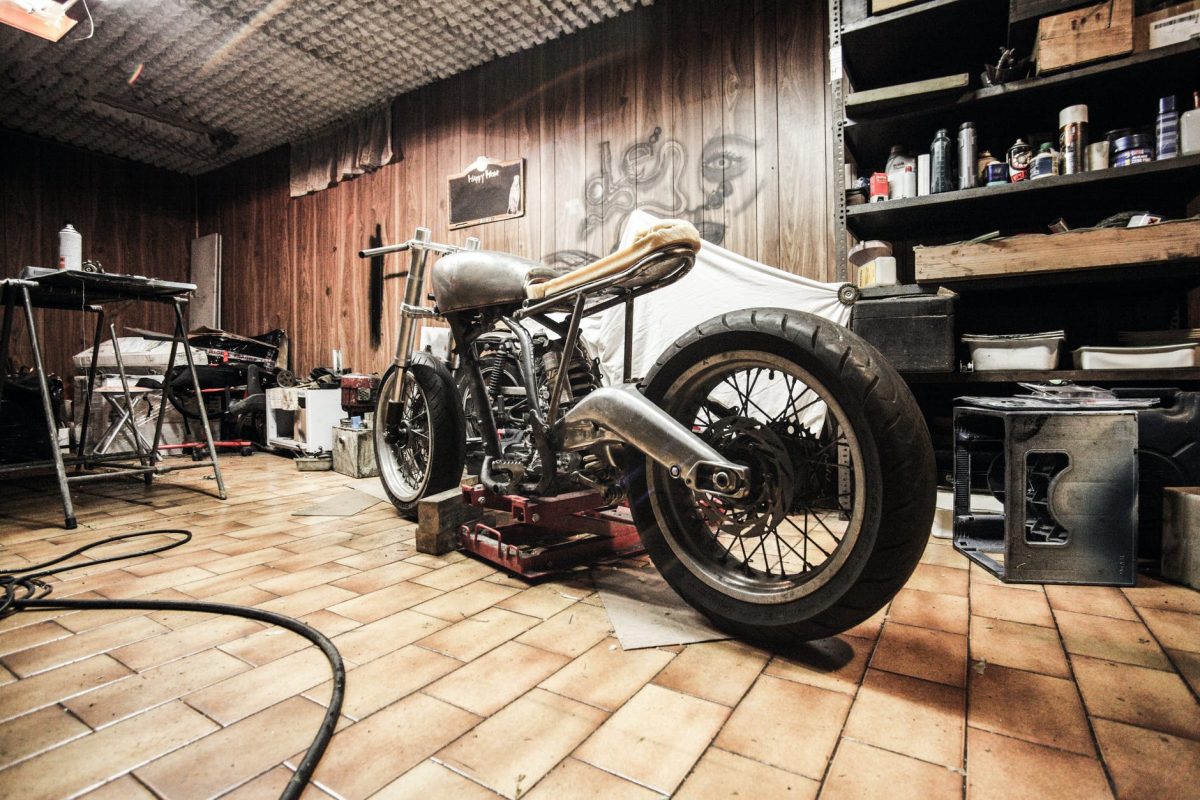
3. Inspect the Chain
Again, open the manual for your bike and check what’s the allowed chain play. Normally, you should be able to lift the lowest part of the chain about 1.5’’ up. By doing so, you will ensure that the chain isn’t too loose or too tight.
If you notice the first, you should fix or replace the chain as soon as possible as it may slip off the sprockets, lock the wheel, damage some of the parts, and lead to an accident. Overtightened chain isn’t that dangerous, but it wears the dependent parts significantly faster than you’d want. You can use rare wheel nuts or screws to adjust the tension.
If the tension is correct, inspect your bike’s chains for rust and lubrication. The chain has to be well lubricated and clear of debris. Use chain cleaning remedies to get rid of debris, lubricate it, and let stand overnight to soak into the chain.
4. Check Liquids
Your motorcycle requires proper levels of several liquids to run well. The engine, steering, brakes, clutch, and cooling system require regular inspection of reservoirs. Check their locations in the user manual and add the liquids if needed. Steering and fluid oil require taking the bike to the garage as it’s impossible to change without removing and replacing the parts. To read the levels evenly, put the motorcycle on the central stand and keep level.
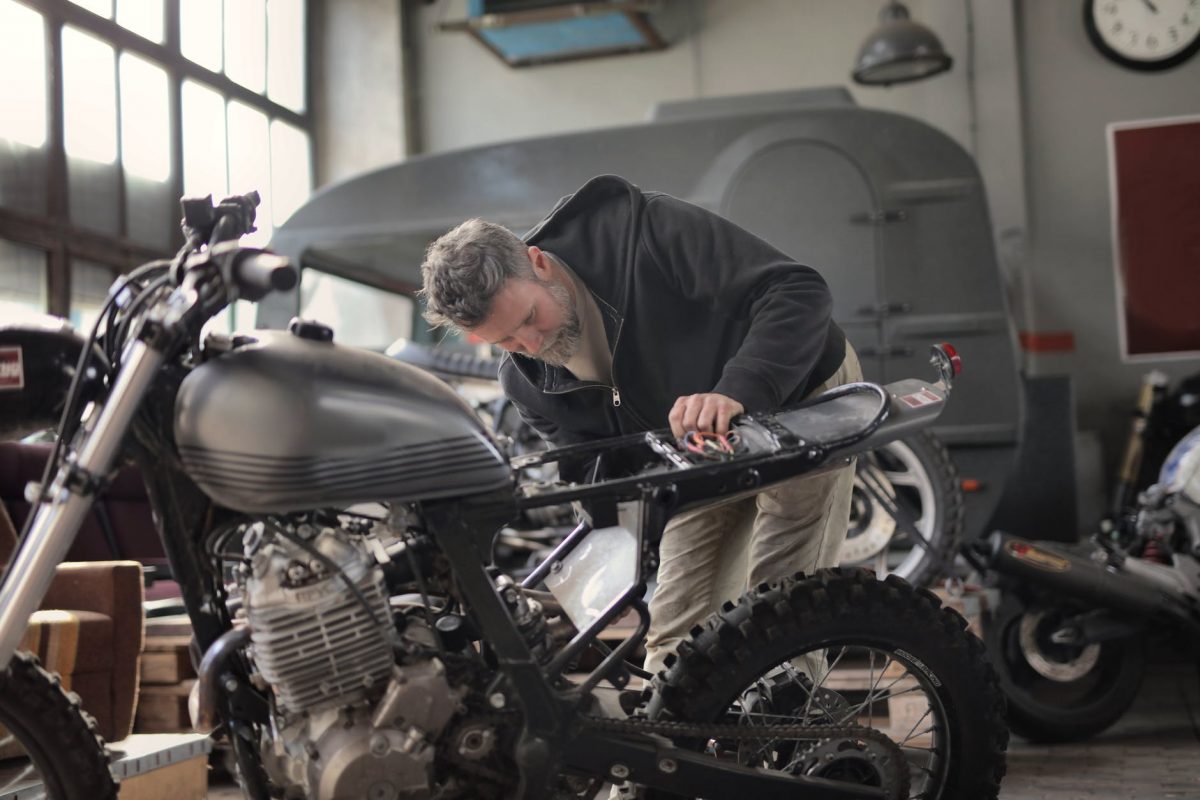
5. Inspect Cables & Test Lights
Do a visual inspection of the entire bike to make sure that all the cables and leads are streamlined and don’t fail. If the cables aren’t secure enough, they can get caught or wear out too fast. This may lead to brake, light, and clutch failures.
It’s much easier to check the lights. Just start the ignition and check if all the bulbs work correctly. If everything’s ok, make sure that the headlight coverage area is set properly and doesn’t blind other drivers at night. Check the adjustment screw in the manual.
6. Test the Battery
Although new bike batteries don’t require as much maintenance as older ones, you should take a look at yours at least sometimes anyway. Vibration may loosen the terminal connections and gather dirt, which blocks the normal electricity flow. You should clean the battery if you notice dirt and replace it if it drains out too fast. To save time, purchase a battery charger for your garage.
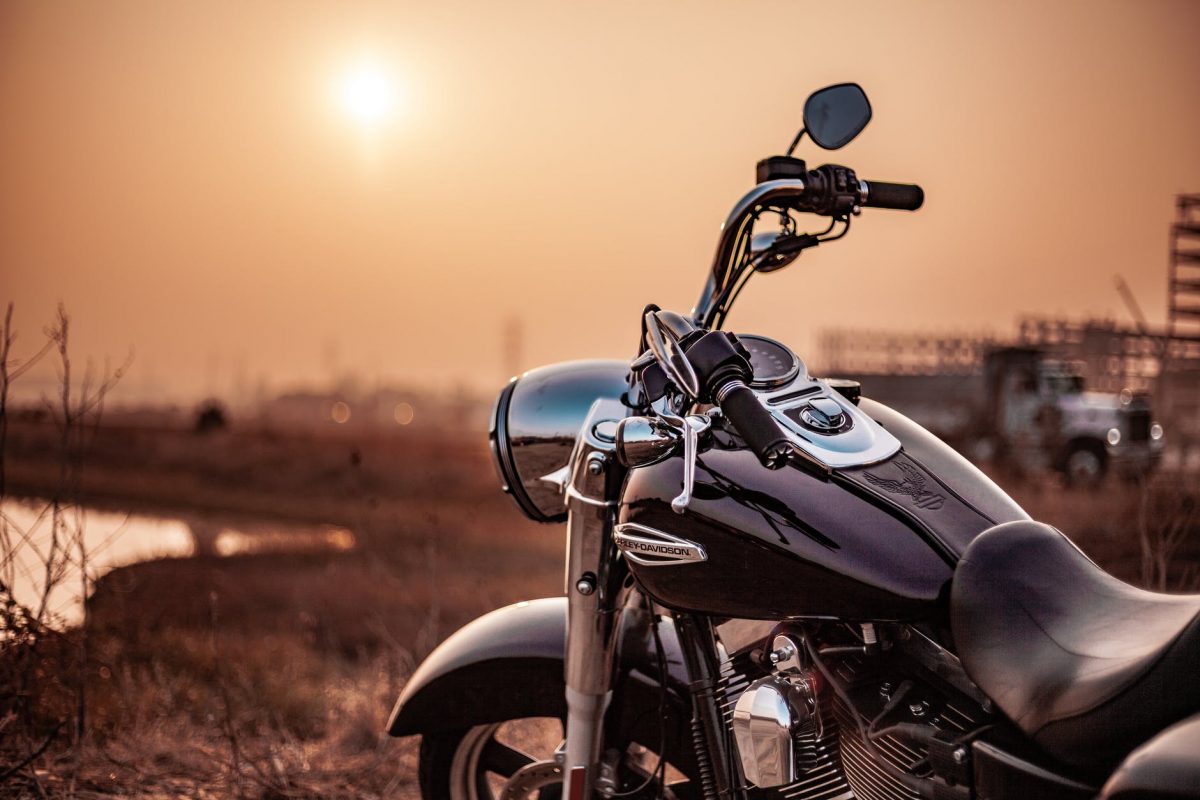
7. Test Brakes
Even if the brake fluid level is ok, you should also make sure that the brake pads are thick enough. These parts wear relatively fast. We recommend you to have an unused reference pad to compare the thickness. If they’re too thin, it’s time for a replacement.
You can either do it yourself or take the bike to the nearest garage. Even if the pads look reliable, go and test both front and rear brakes on the clear road. Raise the speed gradually and apply both soft and rough braking techniques.
8. Clean or Replace Air Filters
Air filters block debris and dust to provide an even airflow. If you see that they’re dirty, it’s time to replace or clean them. This part is quite cheap, so replacement is preferred. However, you can also try to wash them in kerosene as well. Don’t forget to cover the clean filter with a light layer of engine oil and dry the filter before installation.
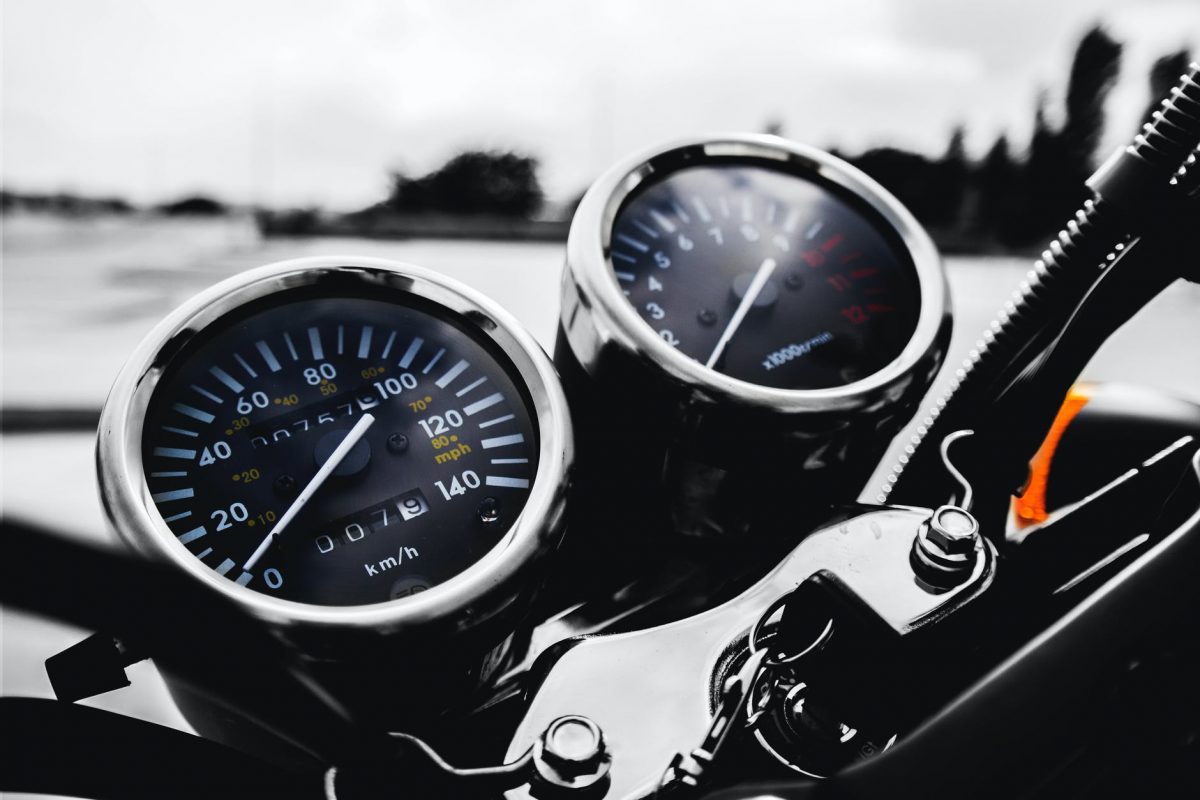
9. Tighten Nuts and Bolts
Take a while to ensure that all the important nuts and bolts are tightened well. Check handlebars, mudguards, wheel nuts, panels, luggage racks, and anything that you think may get loose over time. We recommend you to have a set of all the wrenches needed to repair your bike model. Use them to tighten nuts and bolts if needed, but don’t be too rough to avoid thread stripping.
10. Works on Mechanics
If you’re an expert in motorcycles, you may do complex works in your own garage. But if you’re not, we recommend you take the bike to the certified garage where masters know how to fix bikes of your brand.
Don’t strip the engine or replace important parts if you don’t have enough knowledge to do this as failures may lead to breakages and accidents. Take advantage only if you can understand the mechanic’s guides and have all the required professional tools.
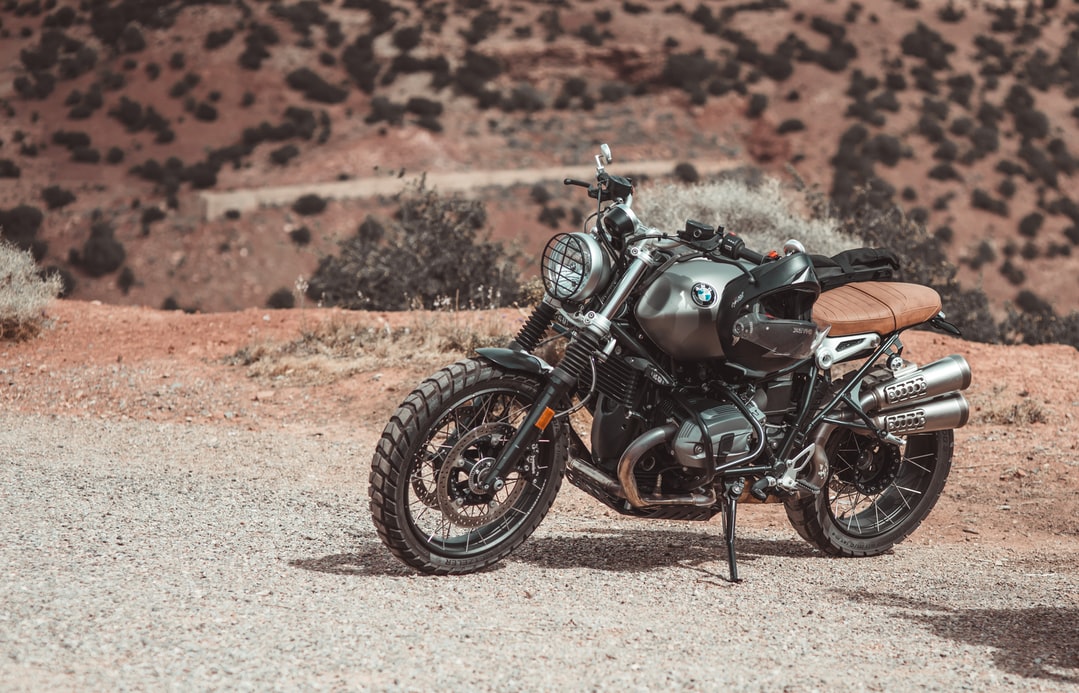
Enjoy the Ride!
When all the systems of your two-wheeler run well, you can feel much more confident and enjoy riding even more. Regular maintenance works don’t take a lot of time but let you keep the machine working much longer. You can also visit yourmotobro.com for more useful tips and reviews!



